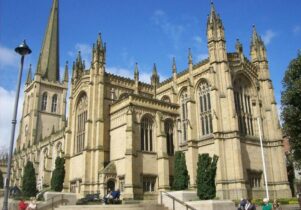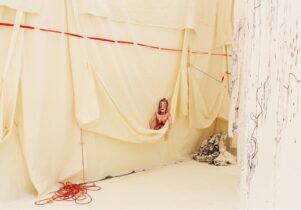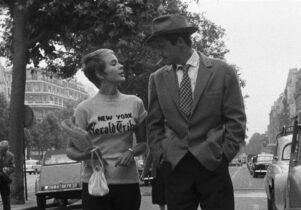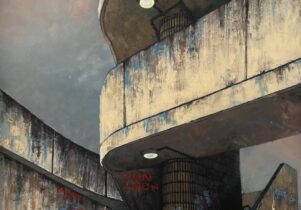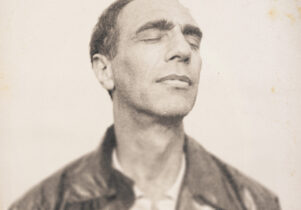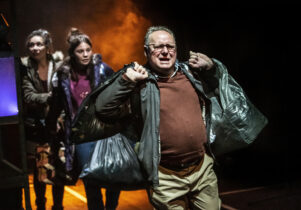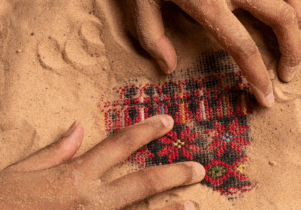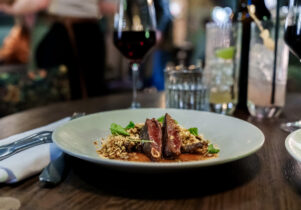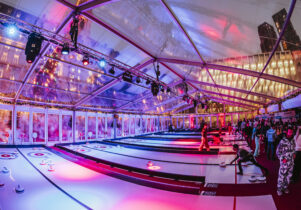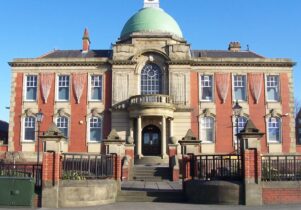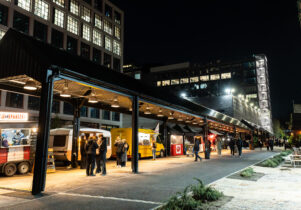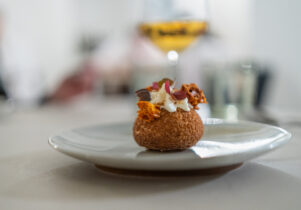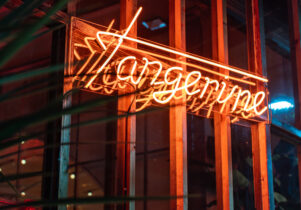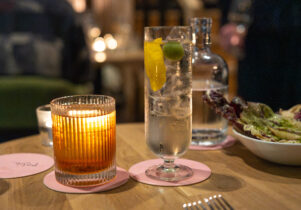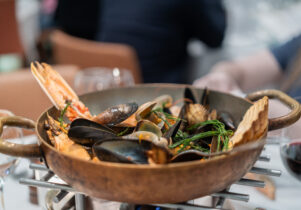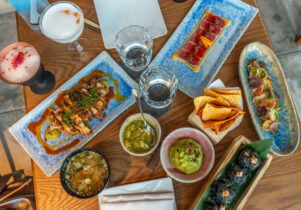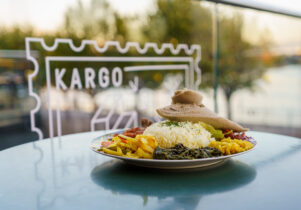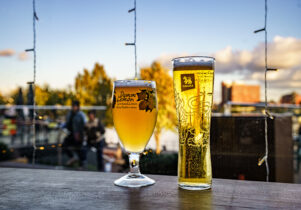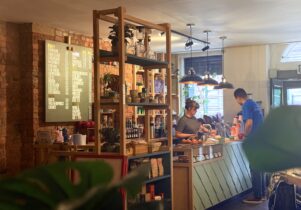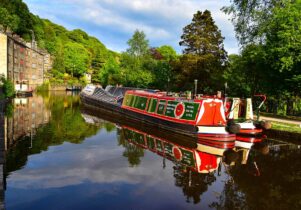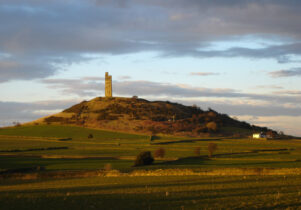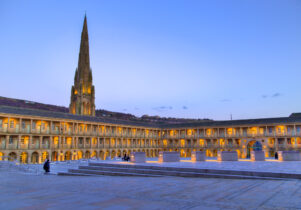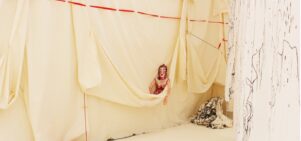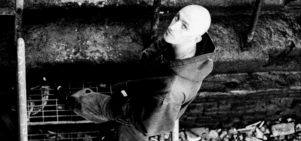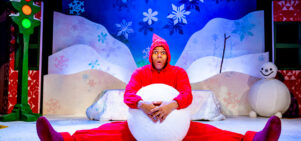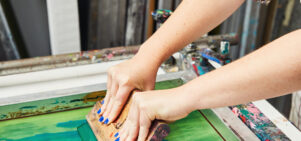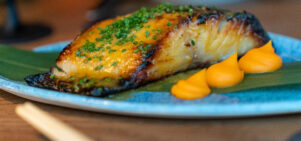Wakefield Cathedral
Polly Checkland HardingVisit now
Wakefield Cathedral
- Monday9:00am - 4:45pm
- Tuesday9:00am - 4:45pm
- Wednesday9:00am - 4:45pm
- Thursday9:00am - 4:45pm
- Friday9:00am - 4:45pm
- Saturday9:00am - 3:45pm
- Sunday8:30am - 4:15pm
Always double check opening hours with the venue before making a special visit.
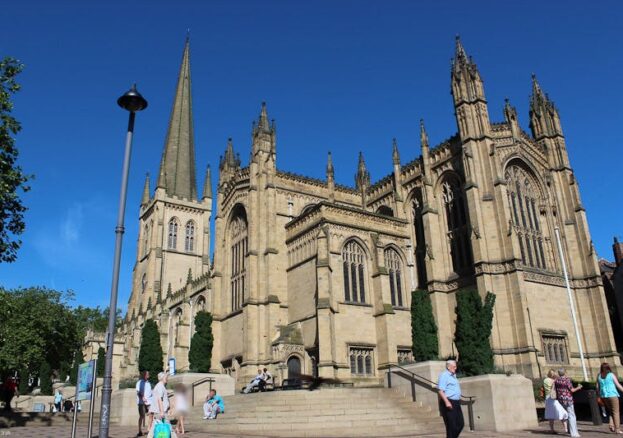
The Grade I listed Wakefield Cathedral has a majestic historical fabric spanning over 800 years; a church in Wakefield is mentioned in the Doomsday Book of 1086. Still a working church today, the cathedral is situated at the heart of the city centre: evidence of its Saxon predecessor was uncovered in 1900 when excavations were made to the east end of the building. The structure went through several major iterations, including a Normal construction built after William II gave the land in Wakefield to the Lewes Priory in Sussex, and owes its current late medieval appearance to the Victorian restoration that took place between 1858 to 1874. It became a cathedral in 1888.
The wall of Wakefield Cathedral’s north aisle is the oldest part, dating back to around 1150. In 2013, some of the cathedral’s buried history was uncovered in archeological digs that took place during a multi-million pound restoration project, including lead coffins, an old prayer book and ancient stone graves. Sadly, none of the original medieval stained glass survives – the replacements, however, are by notable Victorian designer Charles Eamer Kempe, who created 23 windows for the cathedral, the designs spanning his working life until his death in 1907. The choir stall carvings include mythical beasts and a ‘green man’, with some of the interior furniture made by Robert Thompson – a renowned furniture maker whose work often featured his signature carved mice, and who was also responsible for over 100 pew carvings at Hull Minster.
The cathedral’s spire makes it the tallest church in Yorkshire, with tower tours run two to three times a year; these are advertised online, with pre-booking essential. Wakefield Cathedral is also a place of musical excellence with an internationally-renowned choir, Compton organ and 14 cathedral bells – the heaviest of which weighs nearly 1,800kg and was cast in 1947. The cathedral was the first church in England to have 14, with Canterbury Cathedral and York Minster subsequently following suit. The website notes that visiting ringers are welcome. You’ll also find a Cathedral Kitchen on site, a not-for-profit venture serving up home-cooked food and cakes made using locally sourced, seasonal produce where possible.

